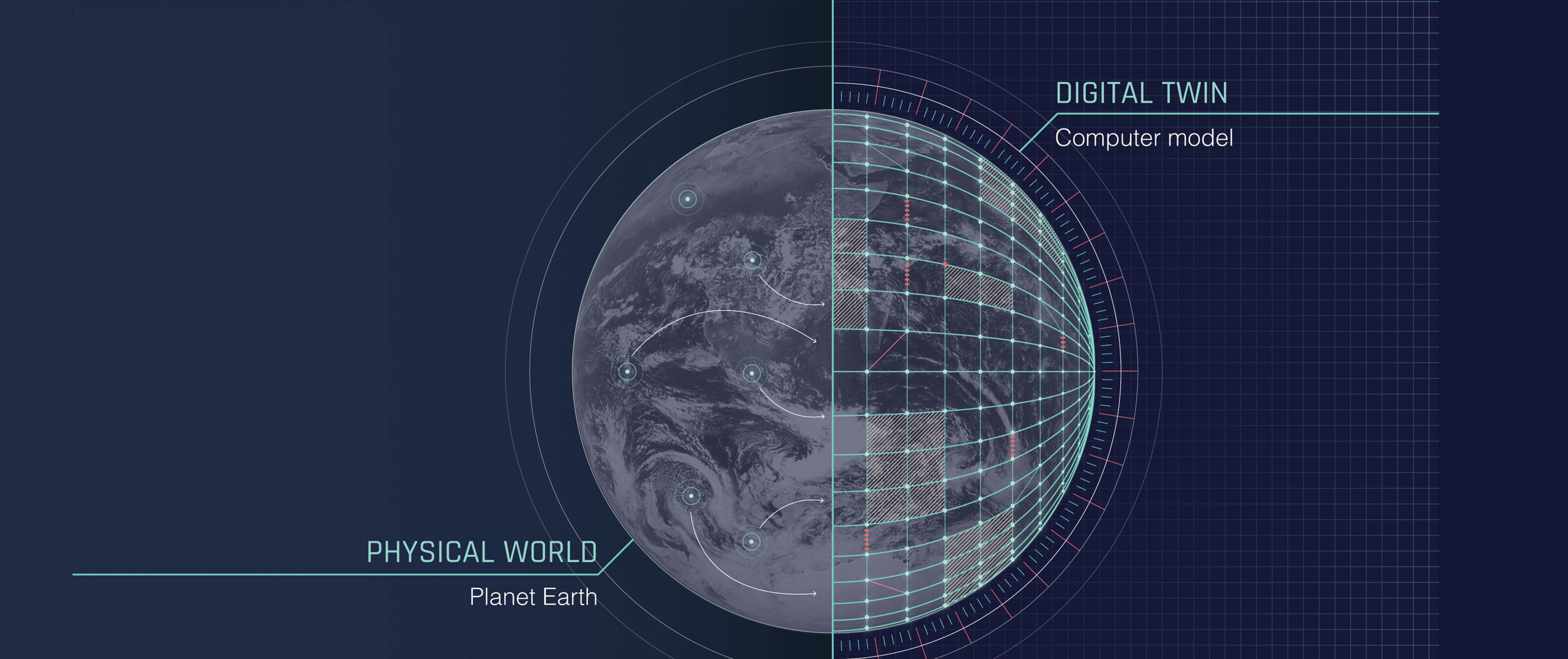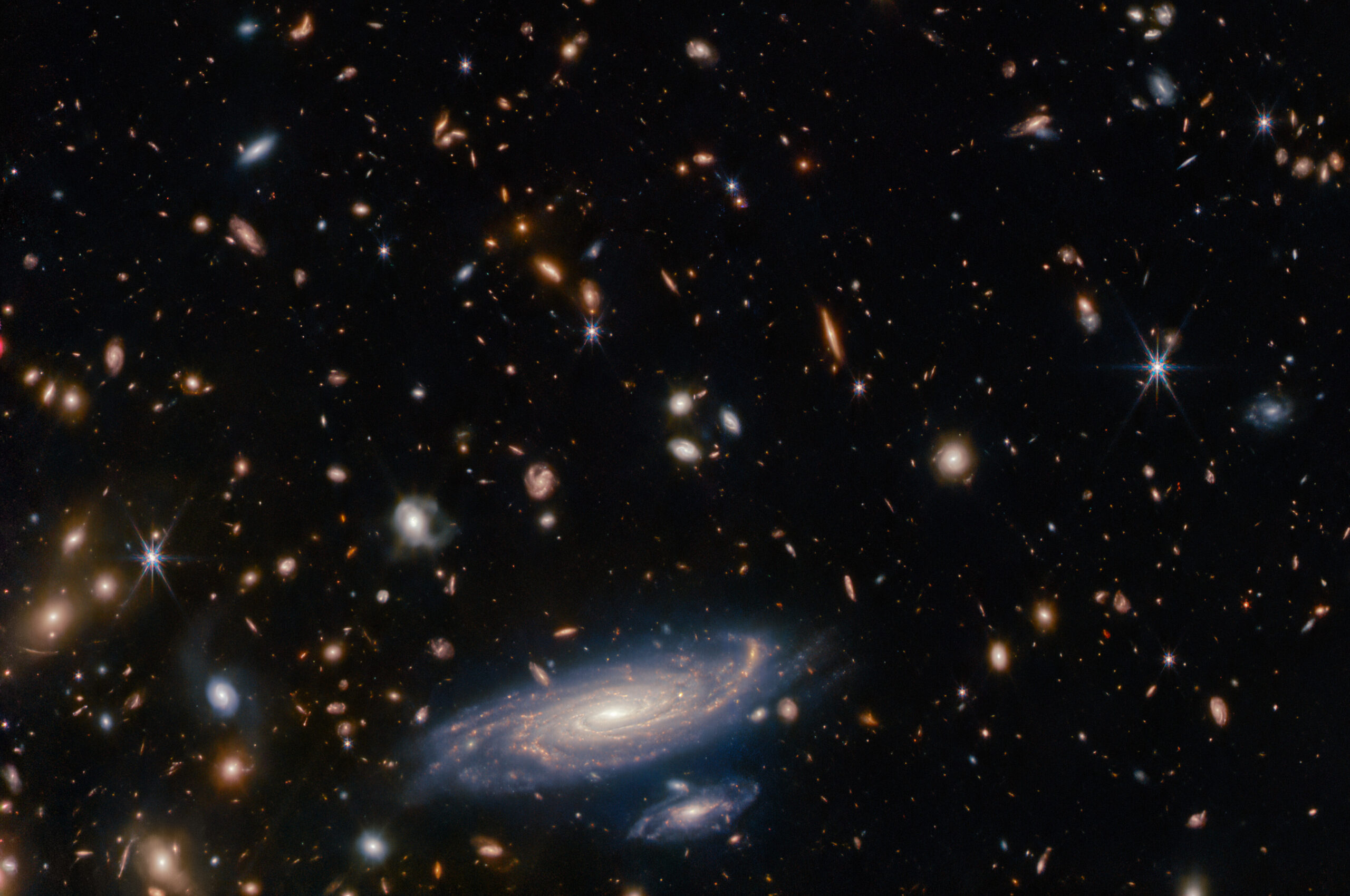
Webinar with Peter Bauer (ECMWF, Germany)
recorded on February 29, 2024
The Digital Twin of Earth
Digital twin technologies – already established in engineering – are becoming increasingly interesting for applications in Earth sciences. Digital twins offer effective tools for dealing with the dramatic impacts of climate change and extremes on our society. They allow exploring the vast amounts of data produced by numerical models and Earth observations to identify causes and effects of environmental change on water, food, energy and health management, and for finding pathways for a more sustainable future. The enormous computing and data handling challenges for Earth-system twins can only be overcome by substantial investments in super-computing and machine learning. These are addressed by the European Commission flagship activity Destination Earth (DestinE). DestinE was launched in 2021 with a projected lifetime of 7-10 years and is implemented by the European Space Agency (ESA), the European Centre for Medium-Range Weather Forecasts (ECMWF) and the European Organisation for the Exploitation of Meteorological Satellites (EUMETSAT). The project is entering its 2nd phase in mid 2024 and is already delivering first examples of digital-twin technology to selected users.

